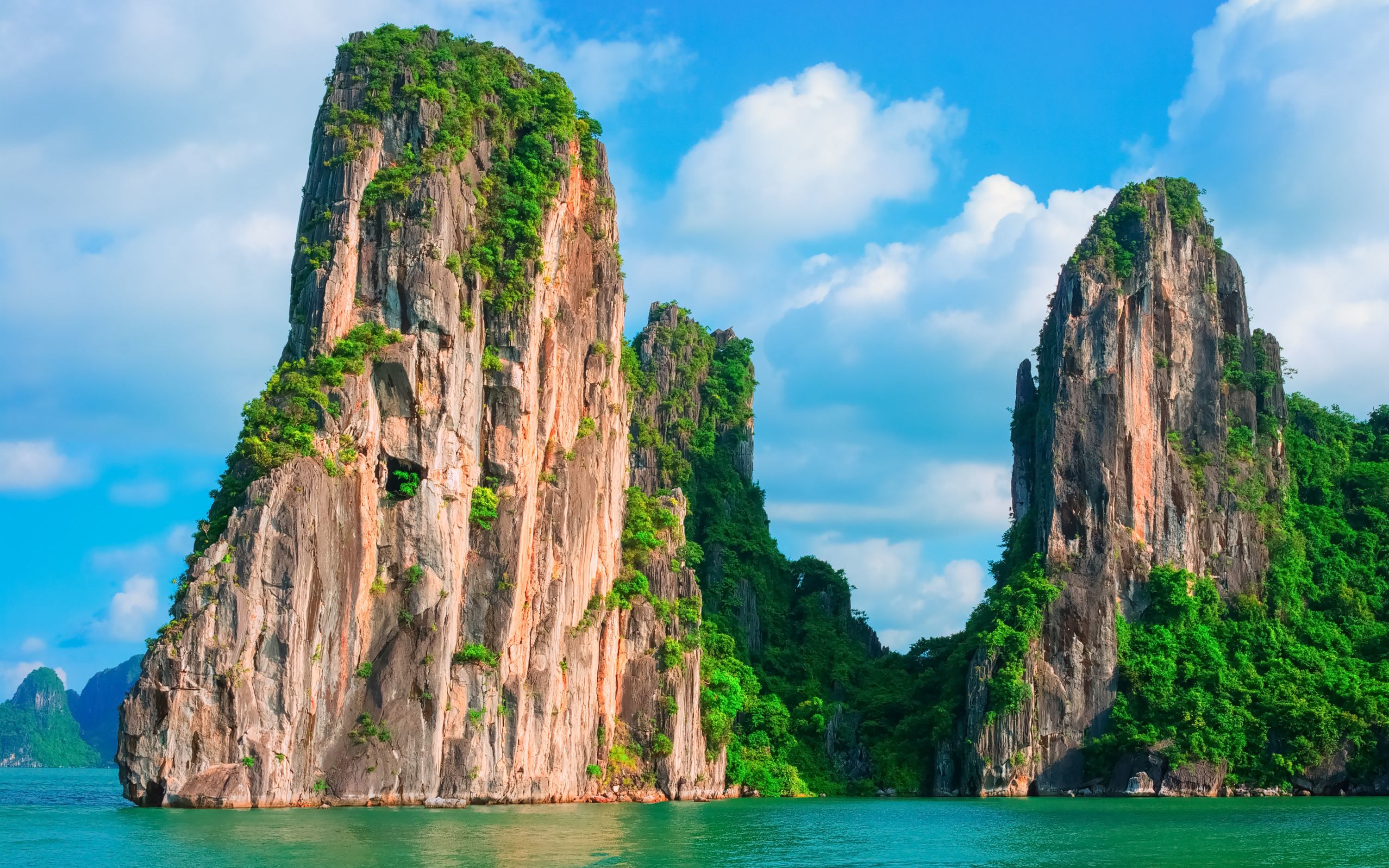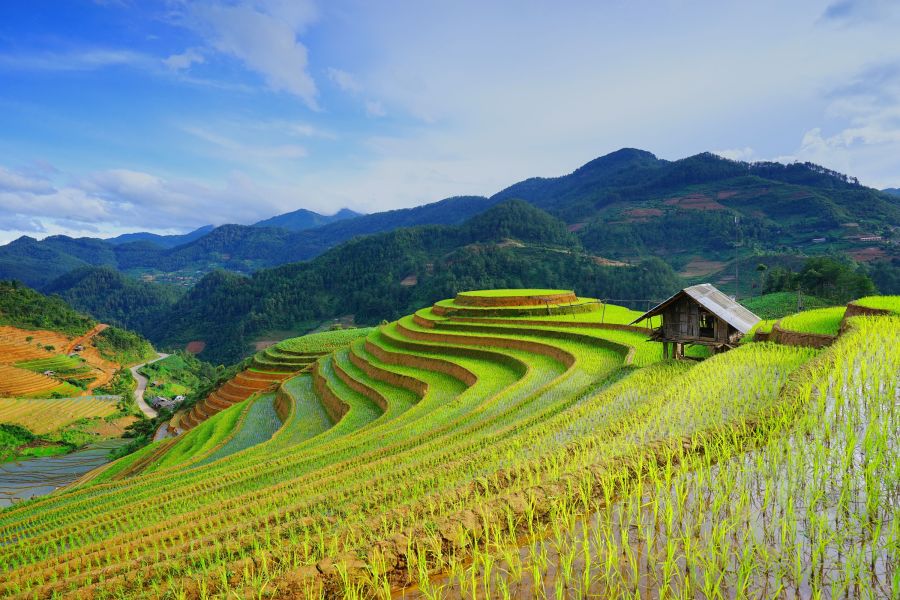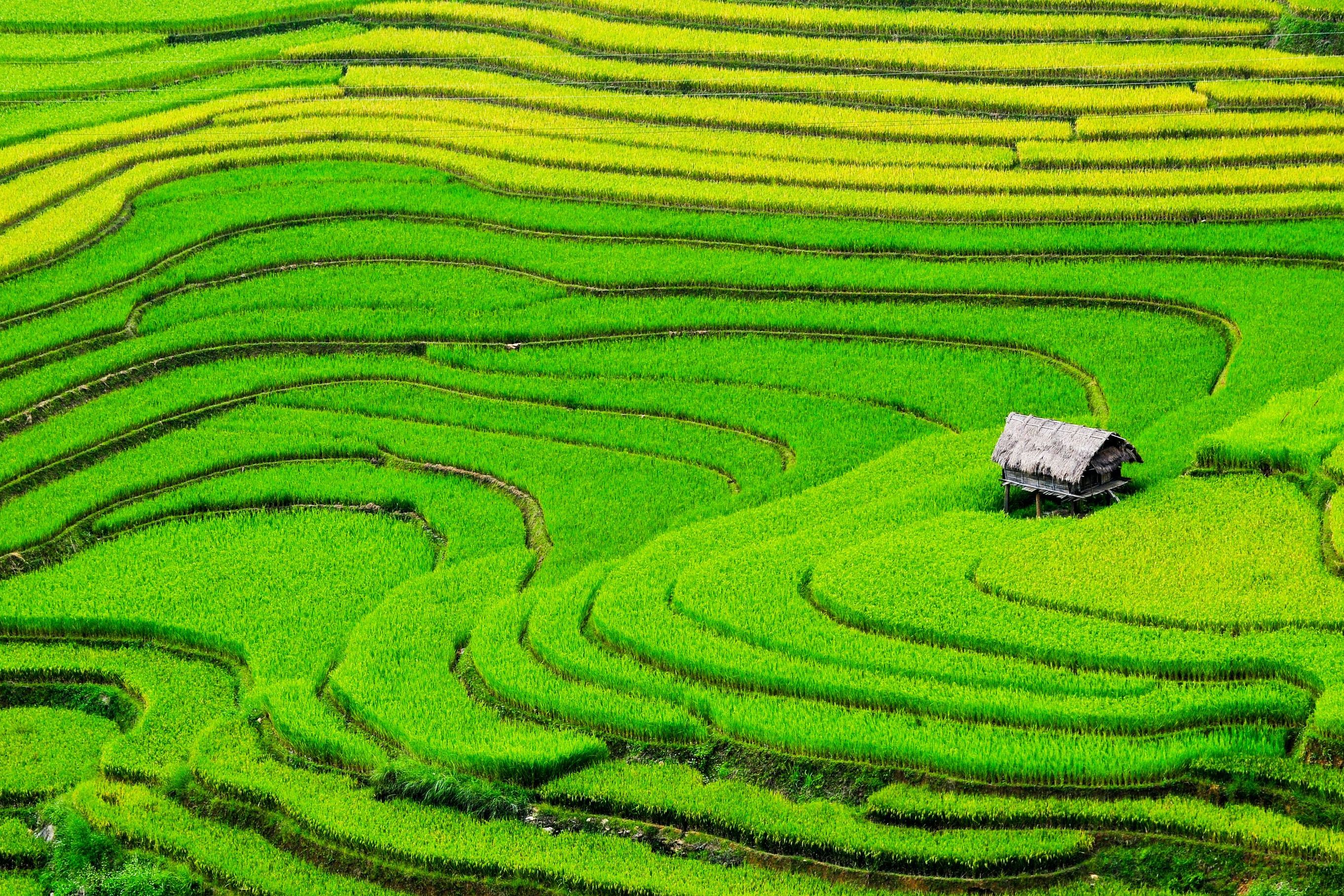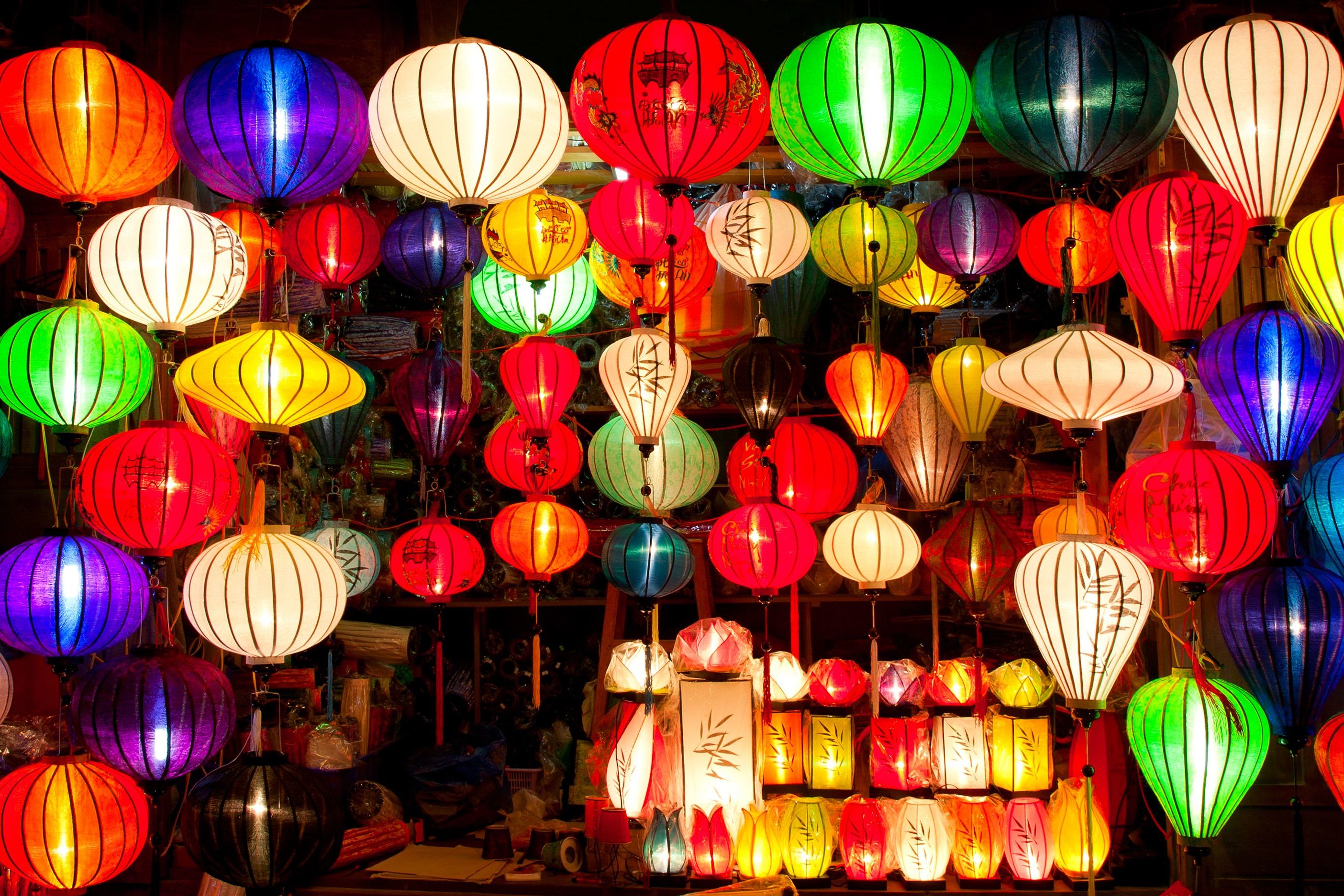
Reviews of Global Basecamps
Vietnam Tours with Vivid Landscapes & Deep History
Sample Tours to Vietnam
**All of our tours can be customized to match your specific travel priorities and dates.
Adventure in Northern Vietnam (13 days)
Cultural Exploration of Vietnam & Cambodia (15 days)
Honeymoon in Beautiful Vietnam (14 days)
North to South Cultural Discovery (13 days)
Southern Vietnam Explorer (10 days)
Ready to Start Planning Your Tour to Vietnam?
The first step is to complete a form on the website and one of our travel specialists will start planning your perfect trip.
Request Free Quote
Our entire team is dedicated to making this custom journey come true. Request a free quote by filling out the form and please share any details to help us customize this perfect trip just for you.
Can’t wait another minute? We understand, call us directly at (866) 577-2462 and speak with one of our extraordinary travel specialists.
Clients Love Us
Highlights of Vietnam

Classic Explorations
Although it's impossible to experience all of Vietnam’s charm in just one single trip, we can ensure you cover the highlights. Hanoi, the city of picturesque pagodas is a great place to start, en route to Ha Long Bay. Sail through majestic waters on a traditional junk boat for an overnight cruise adventure. At the ancient capital of Hue you can admire the architecture, before heading to Hoi An, a laid back old fishing town. Finally, embrace the vibrant lifestyle of Ho Chi Minh City, with the chance to venture into the heart of the Mekong Delta.
Browse Sample Trips
Northern Vietnam
The north of Vietnam is home to three distinct treasures: Hanoi, the ‘Paris of the Orient’, the cultural hill tribe town of Sapa and the World Heritage Site of Ha Long Bay. On a custom Vietnam tour of Northern Vietnam, you can experience and appreciate each of these highlights. Get lost in a historic wonderland along the streets of Hanoi, catch a glimpse into an unknown world on a trekking expedition to Sapa's minority hill tribe villages and cruise between the impressive karst landscape of Ha Long Bay on a traditional Chinese sailboat.
Browse Sample Trips
Remote Treasures
The Pu Luong Nature Reserve is an area of outstanding beauty, culture and biodiversity, stretching from Mai Chau in the North West to Cuc Phuong National Park in the South East. This region is blessed with rich forest, limestone panoramas, magnificent rice terraces and breathtaking scenery. Head off the beaten path in Vietnam, to experience the everyday life and culture of the local Thai and Muong people. You are even welcome to stay overnight in these rural villages with traditional home stay accommodation options.
Browse Sample TripsPhotos From Our Vietnam Travelers
Some Useful Information for Vietnam Tours
Vietnam's diverse climates and rich history make it the perfect destination for travelers looking for a culturally immersive thrill. Perfect for honeymoons, solo and family travel, this country has elements that are sure to intrigue and satisfy most travelers preferences. We’ve briefly outlined what you can expect from a Vietnam Tour, but talk with one of our Vietnam travel specialists today to start planning your custom trip.When to Go
The weather in Vietnam is very different in the north, south and central areas. The north and south have opposing monsoon seasons, making it difficult to coordinate your Vietnam tours with ideal weather conditions in all the different regions. However, this means there is never a bad time to visit Vietnam, as one region is always enjoying great weather. The north is the coolest part of the country. Winter, lasting from November to January, can be cool, particularly in the mountain regions.The north is the coolest part of the country. Winter generally lasts from July to November and can be chilly, particularly in the mountain regions. Be prepared for cold temperature if you are visiting Sapa. Hanoi as well as the coastal regions including Halong Bay, experience humidity year round and a rainy season from May to October. The ideal time to visit the north is from November to April, though the temps can be low in the height of winter.
The central coast has warm weather from July to October and wet, cooler weather from November to May. Typhoons can hit the coast during the summer, from July to November. The south is hot and humid year round. Temperatures range from 70? to 90? and summers are very hot, humid, and rainy.
Where to Visit and What to Do
Vietnam Tours typically start at either at the south or north end of the country and weave their way up or down, accordingly. Vietnam has many incredible spots to check out, though which ones you include on your itinerary largely depends on your personal travel preferences and goals.
Hanoi
Vietnam’s capital has become one of the most interesting cities in all of Southeast Asia. With its myriad of historical landmarks, museums, art galleries, street markets, and culinary experiences, there is more to see and do here than can possibly be squeezed into a few days or even a week! Wander the streets and alleys of the of Hanoi’s Old Quarter which dates back 2,000 years and also has architecture that alludes to Vietnam’s days as a French colony just like its neighbors Cambodia and Laos neighbors . Visit one of the world’s oldest universities, The Temple of Literature, and stroll around Hoan Kiem Lake for a history lesson and wander around Hoan Kiem Lake for a unique glimpse of Vietnamese daily life.Ha Lang Bay
Ha Long Bay provides an excellent backdrop for relaxation or for the more adventurous, engage in the variety of outdoor excursions and activities available. Start you day with a sunrise Tai Chi session and spend your day discovering caves, exploring the floating fishing village and hiking around the National Park. Here you'll find pristine beaches similar to those in the nearby ThailandHoi An
A stroll through Hoi An Central Market in an excellent opportunity to immerse yourself in old world Vietnamese culture. This bustling market is located in the Thu Bon Riverbank and is one of the best markets in Vietnam. They are always busy with tourists and you’ll like be able to find some incredible discoveries. You’ll find it has lots to from flower, fruits, veggies, spices, handcrafts, food and other top bargains. There is also a section with fresh seafood, textiles & silk and tailors.Hue
Hue is a charming town and countryside with a very old world feel to it. The perfume River, Old Citadel and Emperor Tombs are the biggest historical attractions, but it’s also a great place to get to know the local culture. No Vietnam tour would be complete without a visit to one of the local wet rice farms, or cycling trip through the countryside to get a closer look at the local way of life.Ho Chi Minh City
Vietnam’s largest city and economic hub, Ho Chi Minh provides an exciting stop on any itinerary and offers travelers the opportunity to delve into Vietnam’s rich history. It’s complex historical significance touches on Khmer rule, French Colonialism and the Vietnam War and a multitude of landmarks and museums allow travelers to explore those stories in up close. The Cu Chi Tunnels remain open for an interactive experience in understanding guerilla tactics of the war. Motorbikes - which you’ll quickly note are a prevalent form of transportation - can take you to the farthest corners of the city to experience lesser known sites and delicious snacks!Other Tips for Vietnam Tours
Entry and Exit Requirements
You must have a valid passport and visa ( or pre-approval for a visa on arrival) to enter Vietnam. The standard tourist visa is a single entry visa that allows you to travel in Vietnam for 30 days from the date or your entry. If you plan to leave Vietnam and re-enter from another country like the nearby Laos, Cambodia, or Thailand you will need to arrange a multiple entry Visa on Arrival Approval Letter before traveling.Language
The official language of Vietnam is Vietnamese and is spoken throughout the country, with dialect variations. English is the second most commonly spoken language.Packing
Recommended items for a Vietnam tour are: quick-drying active-wear, swimsuits, long pants and a shawl for visiting temples, flip flops, running shoes, sun protection, insect repellent, and water shoes with adequate soles for waterfall hikes. Skincare products offered in Vietnamese pharmacies tend to have different ingredients than in the west, so if you have sensitive skin be sure to bring all of your own toiletries.















